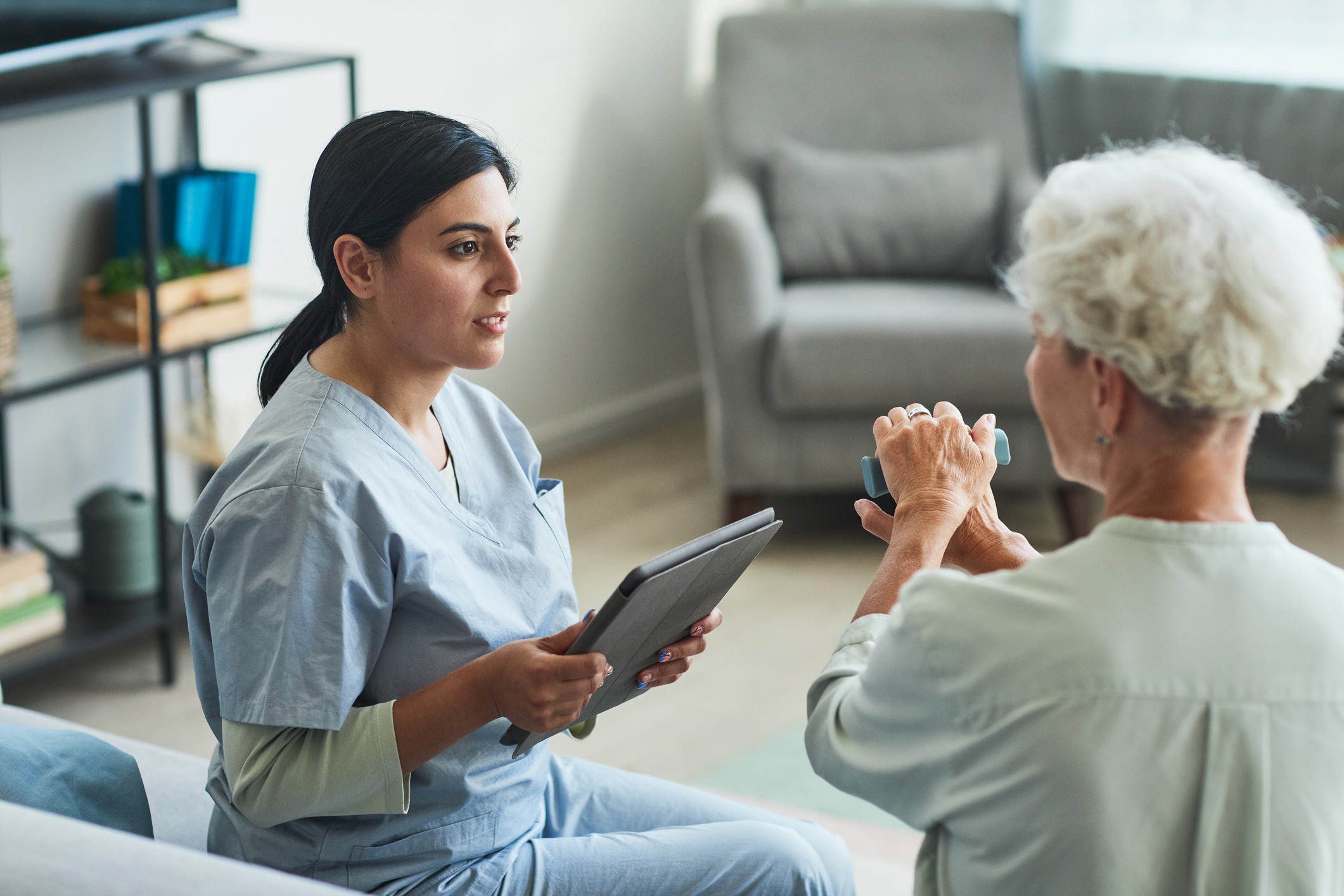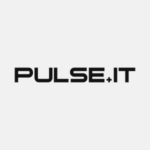The Smarter Safer Homes sensor technology algorithm developed by the CSIRO’s Australian e-Health Research Centre (AeHRC) and integrated into HSC Technology Group’s Talius data analytics platform is set to be tested in a new trial with residential aged care provider Whiddon Group for falls prevention.
The new study follows the first roll-out of the integrated package for in-home care at community aged care provider integratedLiving last year and two new implementations in their early stages at Australian Unity’s Walmsley facility in Melbourne’s Kilsyth and Alba Care Suites in South Melbourne, which are due for completion in May. It is also used by a facility in Singapore.
The SSH algorithm was licensed and commercialised by HSC Technology Group in 2020 and integrated into its data analytics platform Talius. The technology will now be trialled for falls prevention in RACFs in a new pilot at Whiddon facilities funded by a $400,000 grant from the Aged Care Research and Industry Innovation Australia (ARIIA). The project also involves aged care consultancy Anchor Excellence.
Developed by the AeHRC, the SSH in-home monitoring sensors are claimed to be the world’s first consumer-driven smart home technology to help people live independently at home.
The technology has been tested in several pilots from its conceptual stages in 2013 up to commercialisation in 2020. It underwent a randomised controlled trial called Dementia and Aged Care Services (DACS) that followed 195 people aged 65 and over receiving community-based aged care from Anglicare Southern Queensland, integratedLiving Australia and All About Living for a year.
HSC CEO Graham Russell said aged care providers had asked whether the technology could also be used in residential aged care homes.
“Using autonomous data collected through the sensors ensures dignity for older people, it is not invasive like a camera or CCTV, and can be very sensitive to help predict a change,” Mr Russell said.
BEST CARE project
The new BEST CARE study will involve a combination of sensors around the residential aged care home with settings adjusted to individual risks to identify factors that can lead to a fall.
The study will explore acceptability of the sensors and the use of an individual’s ‘sensor story’ to inform residents, families and staff of the older person’s wellbeing and will identify barriers to adoption and impacts on the organisation’s operations.
The Talius platform combines information from sensors to provide real time information about residents’ care needs to mobile devices and healthcare dashboards and uses the Internet of Things (IoT) to monitor and alert staff to changed health status.
Talius is sensor agnostic and can link any number of sensors autonomously collecting data into its platform. In this study there will be six sensor types with 967 sensors installed throughout the facility.
Maggie Haertsch, consulting clinical research director for HSC, said the project aimed to enable smarter detection of functional changes early.
“The aged care workforce is under stress and there is much that this technology can do to help,” Dr Haertsch said. “The first step to implementation is to address how to make it easy for adoption.”
SSH at home
A CSIRO-authored report on its Dementia and Aged Care project showed that for older adults with home care packages, the SSH intervention greatly benefitted social care-related quality of life and helped people stay independently in their home for longer.
The DACS trial showed that there was the SSH technology was beneficial in ensuring older people can live independently in their home for longer.
Provider feedback showed that the system was able to assist in identifying health and functional decline of participants, which providers could act upon.
It also highlighted the usefulness of the system in providing additional insights, more targeted care, and triggering more timely and in-depth care conversations.
The system uses sensors that monitor activities including meal preparation, dressing, hygiene, mobility/indoor walking, transfer and sit/stand transition times, sleep and a social score through front door sensors.
It features motion, light, temperature, humidity and vibration sensors (to detect event-based vibrations) in corners of all rooms, power sensors in wall outlets to detect usage of appliances, and sleep sensors under the mattress to detect heart rate variability, sleep and movement.
Sensors collect data and use AI to turn it into relevant information. The platform includes a sensor-based in-home monitoring system (data collection), a cloud computing server (data analyses), and a client module (data presentation) with a tablet app, a family portal, and a service provider portal.
The system allows providers, family members and other caregivers to check a data dashboard that reveals patterns in an older person’s behaviour, with changes in patterns indicating there may be a need for action. For example, if mobility patterns change, this may suggest a fall or injury, prompting a check in.
The system has also been designed to learn the individual’s activity profile and compare ongoing measures of their functional status with their individualised baseline level of function. This allows timely identification of changes in function and earlier intervention.
Functional decline detection
The DACS report found the system was particularly useful at identifying progressive functional decline and changes to routine.
While feedback was overwhelmingly positive, areas for improvement included costs and sustainability. Providers highlighted concerns including that the SSH system may provide a false sense of security, there was a need for re-baselining and monitoring, maintenance was quite resource heavy and their ability to act on data to increase clients’ supports was limited at times.
They said it would be useful for the technology to align with care guidelines and be deconstructed into ‘chargeable’ services that could be incorporated in funded packages.
The report suggested future improvements including adding assistive technology, using predictive machine learning techniques to detect future functional decline and adding different sensors such as wearables/measuring out of home supports, physiological monitoring, other functional vital signs (grip strength, gait speed, 30-sec sit-stand, balance measures), speech biomarkers, and more advanced activity detection.





